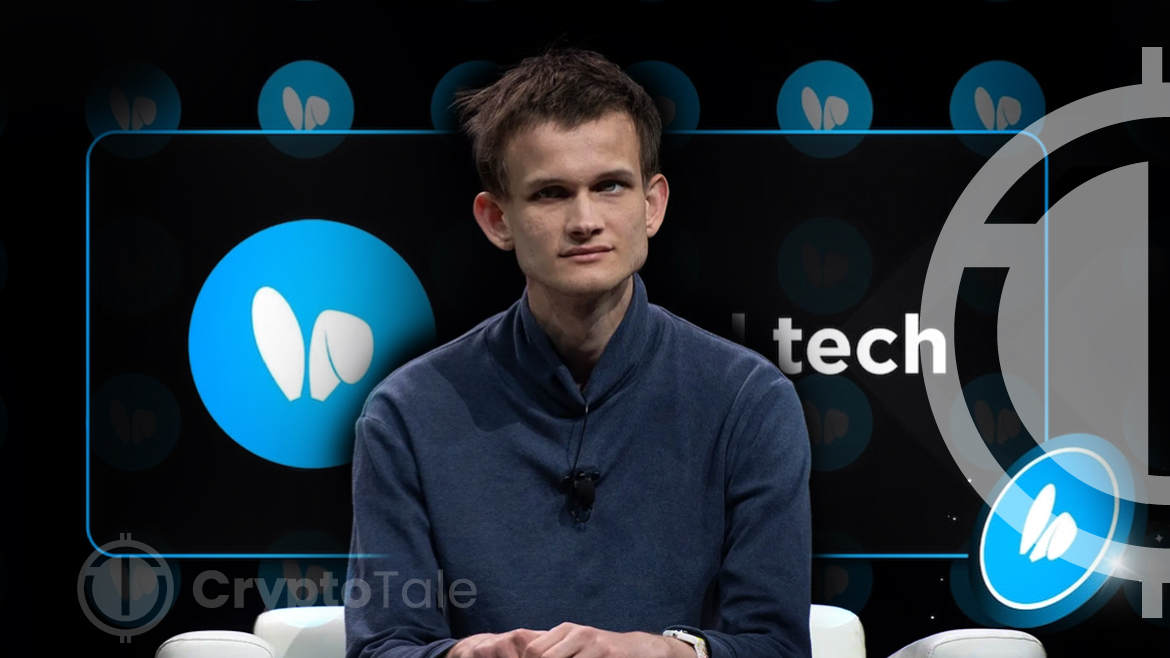- Friend.Tech has experienced a significant decline in user engagement, with its total value locked (TVL) dropping by 50% to $26.46 million.
- Founder of Dragonfly Capital has expressed reservations about the future of crypto social media.
- Responding to this, Ethereum co-founder Vitalik Buterin weighed in, stating, “Bad gamefi is using financial speculation as a substitute for fun.”
Buzz surrounding decentralized social media platform Friend.Tech has significantly waned in recent months despite its initial surge in popularity. Concerns regarding its bonding curve design and the broader viability of crypto social media have emerged, prompting discussions and potential learnings within the crypto space.
Haseeb Qureshi, founder of Dragonfly Capital, recently shared his thoughts on the downfall of Friend.tech, a social network that was once a crypto darling. He tweeted that the platform went from being a crypto darling to desertion in about four months.
It was launched on Coinbase’s Layer-2 platform Base, Friend.Tech garnered significant attention during its early days, attracting over $50 million in total value locked (TVL) at its peak. However, TVL has since dropped by 50% to $26.46 million, indicating a substantial decline in user engagement.

Haseeb asked for recommended reading and examples on how to redesign bonding curves, which many believe was core to Friend.tech’s flameout. He expressed his reservations about the future of crypto social media, stating that “bad gamefi is using financial speculation as a substitute for fun. Blockchain games need to be fun as games.” This sentiment aligns with his previous remarks on the topic.
He believes that blockchain games need to be as fun as games, and the same applies to crypto social. Haseeb agreed with Vitalik.eth’s thoughts on Lens and Farcaster, but he thinks there are broader lessons beyond social and financial speculation being bad.
Qureshi believes that it is too early to write off the concept of a social network deeply tied to money/speculation. He highlighted the importance of learning from this experience and re-designing bonding curves more sustainably.
The adaptive bonding curve is a mathematical concept that enables “Creator Chips,” Friendzone’s user-issued tokens, to be priced based on the related creator’s reputation and the overall. The bonding curve is a way of defining the relationship between the price and supply of a particular asset.
It is integrated into platforms and applications for decentralized finance. Bonding curves are applicable in curation markets, and tokens generated through bonding curves are employed to establish. The risk-adjusted bonding curve will be used to provide dynamic risk assessment for funding outcome-based social impact projects as part of a novel impact. While Friend.Tech’s trajectory paints a cautionary tale, Buterin’s endorsement of Farcaster and Lens suggests a continued exploration of decentralized social media solutions.






